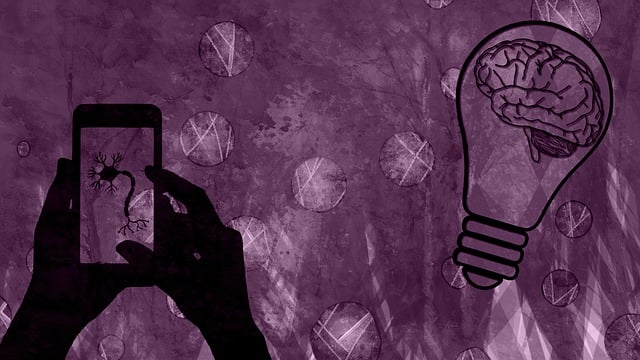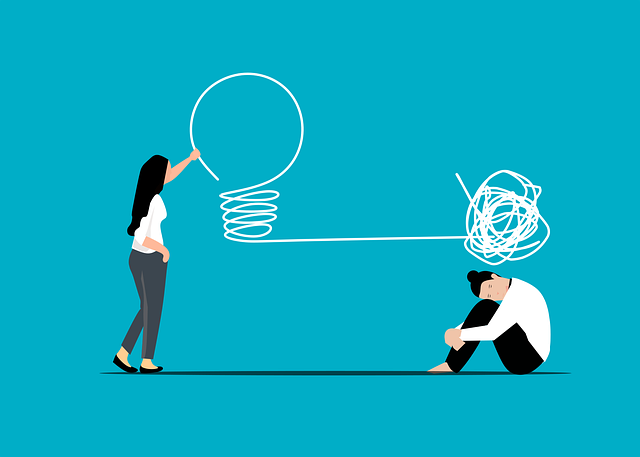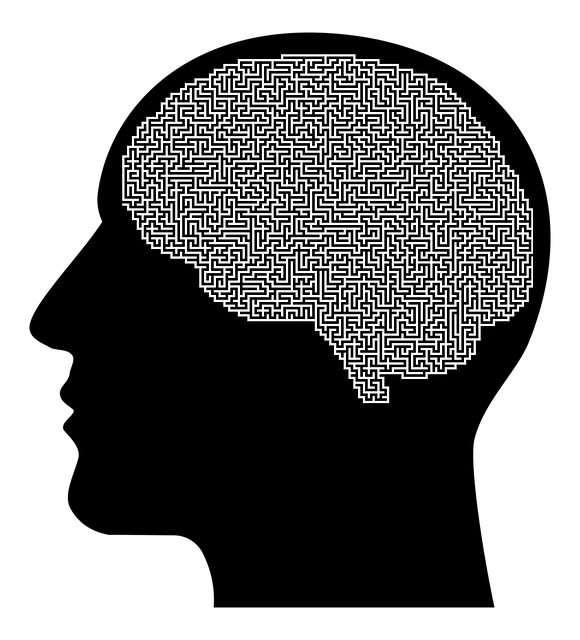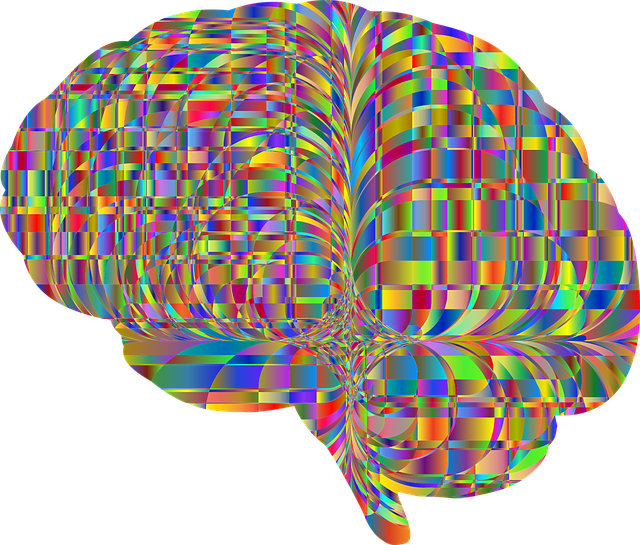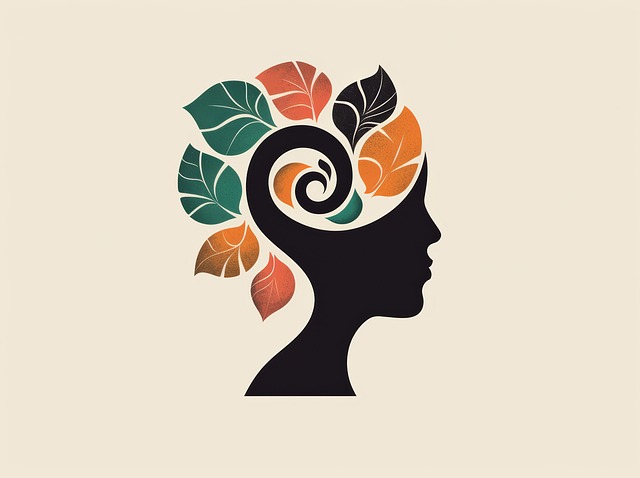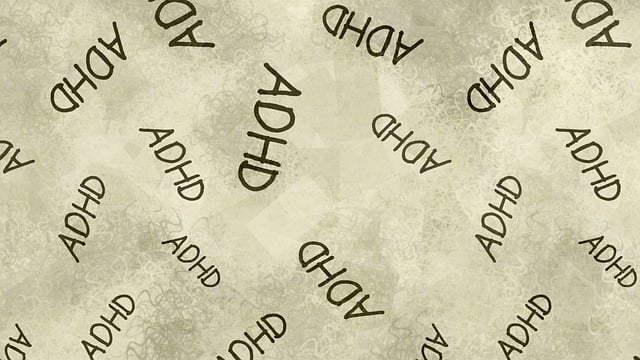In Highlands Ranch, effective mental health education programs, including Highlands Ranch EMDR Therapy, focus on demystifying mental health, promoting emotional literacy, and creating safe spaces. Tailored strategies for specific groups like young adults and working professionals address unique challenges with age-appropriate coping techniques. Integrating evidence-based techniques like EMDR, combined with interactive learning experiences, enhances crisis intervention skills and reduces stigma. Strategic planning, strategic content integration, evaluation, burnout prevention, and open communication foster successful programs that promote overall mental wellness.
In today’s fast-paced world, mental health education is more vital than ever. Effective program design plays a crucial role in fostering well-being. This comprehensive guide explores the key components of creating impactful mental health programs, from establishing a solid foundation with understanding mental health to tailoring content for specific audiences. We delve into evidence-based practices like EMDR as core techniques and emphasize engaging learning experiences. Additionally, strategies for implementation, evaluation, and continuous improvement ensure successful outcomes, making this a go-to resource for Highlands Ranch EMDR Therapy enthusiasts.
- Understanding Mental Health: The Foundation of Your Program
- Identifying Target Audiences and Their Unique Needs
- Integrating Evidence-Based Practices: EMDR as a Core Technique
- Designing Engaging Content and Interactive Learning Experiences
- Implementation, Evaluation, and Continuous Improvement Strategies
Understanding Mental Health: The Foundation of Your Program

Understanding Mental Health forms the bedrock upon which effective program design for Highlands Ranch EMDR Therapy rests. It’s crucial to begin by demystifying mental health conditions, promoting emotional literacy, and fostering a supportive environment where participants feel safe to explore their experiences. This foundational step involves teaching basic Mind Over Matter principles, encouraging self-awareness, and providing tools for Emotional Regulation—key components that empower individuals to take charge of their mental wellness.
By integrating these concepts, your program can effectively bridge the gap between knowledge and practical application. Participants equipped with a solid understanding of mental health are better prepared to navigate life’s challenges, manage stress, and cultivate resilience, ultimately enhancing their overall Mental Wellness Coaching Programs Development.
Identifying Target Audiences and Their Unique Needs

Identifying target audiences is a crucial step in designing effective mental health education programs. In Highlands Ranch, EMDR therapy has shown significant benefits for various groups. For instance, young adults transitioning from high school to college face unique challenges related to academic pressure and identity formation. They may require skills to manage stress and anxiety, improve focus, and develop coping strategies tailored to their age group. Similarly, working professionals often struggle with work-life balance and burnout, necessitating education on time management, resilience, and emotional intelligence.
When designing programs, it’s essential to consider cultural sensitivity in mental healthcare practice. Incorporating diverse perspectives ensures that the educational content resonates with a wide range of participants. For example, teaching mindfulness techniques should acknowledge cultural differences in relaxation practices. By doing so, mental health education programs can be more inclusive and effective for all residents of Highlands Ranch, fostering better mental well-being outcomes.
Integrating Evidence-Based Practices: EMDR as a Core Technique

Integrating evidence-based practices is a cornerstone of any comprehensive mental health education program. One such powerful technique gaining prominence in Highlands Ranch EMDR therapy is Eye Movement Desensitization and Reprocessing (EMDR). This approach has been recognized for its effectiveness in treating trauma, post-traumatic stress disorder (PTSD), and other mental health conditions. By combining rapid eye movements with guided self-awareness exercises, EMDR facilitates the brain’s natural healing process, helping individuals process traumatic memories and reduce their emotional impact.
The integration of EMDR into mental health education empowers individuals to take charge of their well-being. It provides them with valuable crisis intervention guidance, enabling them to manage and overcome challenging situations. Moreover, self-awareness exercises and self-care practices are integral parts of this process, fostering a deeper understanding of one’s thoughts and emotions while promoting resilience and overall mental health.
Designing Engaging Content and Interactive Learning Experiences

Designing engaging content is a key aspect of creating an effective mental health education program. Incorporating interactive learning experiences can significantly enhance participants’ understanding and retention of crucial concepts, such as those related to Highlands Ranch EMDR Therapy. This approach goes beyond traditional lectures by encouraging active participation, fostering deeper engagement with the material.
Interactive elements like role-playing scenarios, group discussions, and hands-on activities allow individuals to apply theoretical knowledge in practical contexts. For instance, crisis intervention guidance can be brought to life through simulated emergency situations, enabling participants to practice their skills under controlled conditions. This not only reduces the fear factor associated with real-life crises but also ensures that mental health professionals are well-prepared to offer effective support. Additionally, incorporating exercises to break down mental illness stigma reduction efforts can create a safe and inclusive learning environment, promoting empathy and understanding among participants.
Implementation, Evaluation, and Continuous Improvement Strategies

Implementing a mental health education program requires strategic planning and a holistic approach. One effective strategy is to integrate Highlands Ranch EMDR Therapy techniques, which have proven beneficial for trauma recovery. By offering specialized workshops and training sessions, organizations can empower employees with valuable tools for stress management and emotional well-being. These workshops should cater to various roles, ensuring that everyone from administrative staff to healthcare providers receives tailored support.
Evaluation is a critical component of program success. Regularly collecting feedback from participants through surveys or focus groups provides insights into the effectiveness of the education. Additionally, measuring improved outcomes like reduced burnout rates among healthcare providers can demonstrate tangible results. Integrating Burnout Prevention Strategies for Healthcare Providers within the curriculum ensures a comprehensive approach to employee well-being. Continuous improvement is fostered by analyzing evaluation data, adapting content based on needs, and incorporating innovative teaching methods such as interactive discussions and role-playing exercises to enhance engagement. Effective Communication Strategies among team members and between employees and management are also essential for fostering an open and supportive environment where mental health discussions thrive.
Mental health education programs play a pivotal role in fostering well-being and resilience. By combining comprehensive knowledge with evidence-based techniques like Eye Movement Desensitization and Reprocessing (EMDR), as showcased by the Highlands Ranch EMDR Therapy approach, these initiatives can significantly impact individuals’ mental health literacy. Tailoring content to diverse audiences and incorporating interactive learning ensures engagement and effectiveness. Through strategic implementation, evaluation, and continuous improvement, such programs can revolutionize mental healthcare access and outcomes in our communities.
